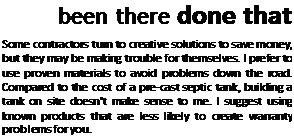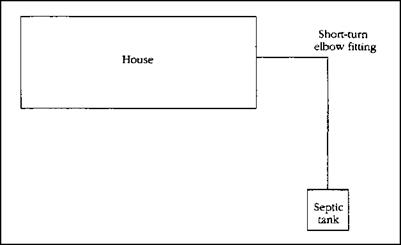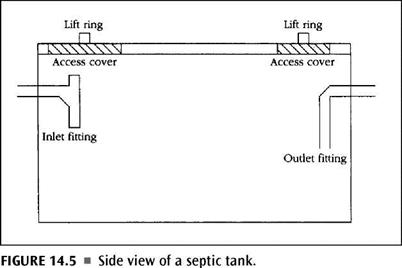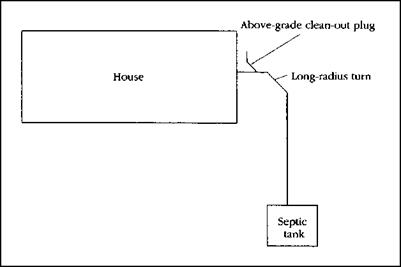Types Of Tanks
There are many types of septic tanks in use today. Pre-cast concrete tanks are, by far, the most common. However, they are not the only type of septic tank available. For this reason, let’s discuss some of the material options that are available.
Pre-cast concrete is the most popular type of septic tank. When this type of tank is installed properly and is not abused, it can last almost indefinitely. However, heavy vehicular traffic running over the tank can damage it, so this situation should be avoided.
Metal septic tanks were once prolific. There are still a great number of them in use, but new installations rarely involve a metal tank. The reason is simple, metal tends to rust out, and that’s not good for a septic tank. Some metal tanks are said to have given twenty years of good service. This may be true, but there are no guarantees that a metal tank will last even ten years. In all my years of being a contractor, I’ve never seen a metal septic tank installed. I’ve dug up old ones, but I’ve never seen a new one go in the ground.
|
|
|
|
I don’t have any personal experience with fiberglass septic tanks, but I can see some advantages to them. Their light weight is one nice benefit for anyone working to install the tank. Durability is another strong point in the favor of fiberglass tanks. However, I’m not sure how the tanks perform under the stress of being buried. I assume that their performance is good, but again, I have no first-hand experience with them.
Wood seems like a strange material to use for the construction of a septic tank, but I’ve read where it is used. The wood of choice, as I understand it,
|
FIGURE 14.6 ■ Outside cleanout installed in sewer pipe and sweep-type fittings used to avoid pipe stoppages. |
is redwood. I guess if you can make hot tubs and spas out of it, you can make a septic tank out of it. However, I don’t think I would be anxious to warranty a septic tank made of wood.
 Brick and block have also been used to form septic tanks. When these methods are employed, some type of parging and waterproofing must be done on the interior of the vessel. Personally, i would not feel very comfortable with this type of setup. This is, again, material that I have never worked with in the creation of a septic tank, so I can’t give you much in the way of case histories.
Brick and block have also been used to form septic tanks. When these methods are employed, some type of parging and waterproofing must be done on the interior of the vessel. Personally, i would not feel very comfortable with this type of setup. This is, again, material that I have never worked with in the creation of a septic tank, so I can’t give you much in the way of case histories.









Leave a reply